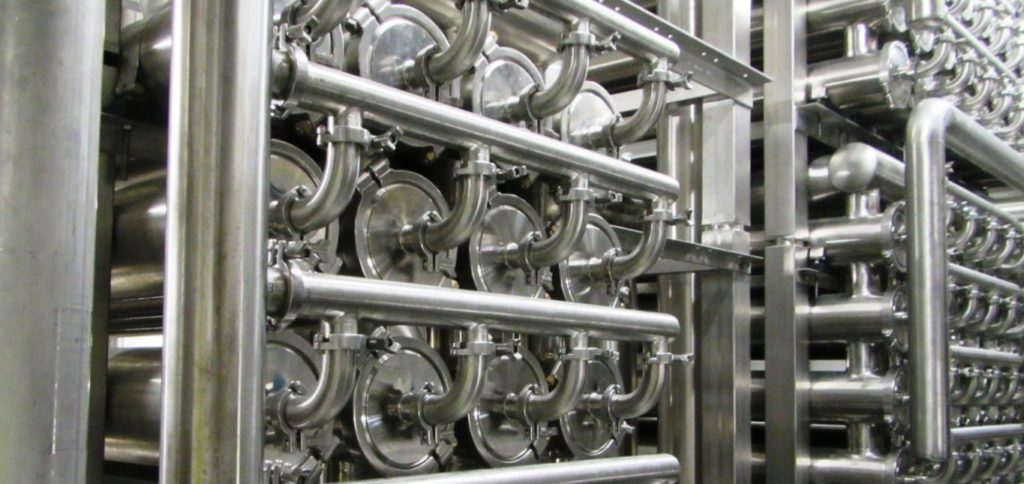Themed Week Process Optimization: Turning wastewater back into water

Last year, German dairy farms processed 31.5 million tons of milk. According to recent findings by the Hannover University of Applied Sciences, a third of this amount could be recovered directly from different processing stages, winning back water for production, cleaning or processing. The focus now is on vapors from milk and dairy evaporation processes, as well as on permeating the membrane filtration of milk and whey.
It has been known for quite some time that milk processors can save a large portion of their fresh water costs by implementing recovery systems. This kind of water recovery has been taking place for years, but not to the same extent that the Hannover University of Applied Sciences suggests, leaving a great deal of room for improvement.
Recycling water is vital!
Up until now, there wasn’t much companies were doing to recycle water. When a dairy farm already has its own well system, the necessity of recycling water might not be as readily grasped. But there are now increasing legal requirements that affect fertilizer, sludge and drinking-water regulations. Some regions are already facing serious issues, such as high concentrations of nitrate in water. For this reason, using one’s own water in the water-rich regions of Northwestern Europe is no longer possible at every site. When dealing with wastewater, dairy farms must also comply with a vast number of parameters, which come at a respective cost. That means it’s time for dairy farms to think about their future water supplies and water-recycling approaches.
Main techniques: aerobic or anaerobic wastewater treatment
From a technological perspective, it is relatively easy to remove water from process water, e.g. rinsed milk. Ultrafiltration, reverse osmosis with and without a downstream polisher, activated carbon filtration or even aerobic or anaerobic wastewater treatment are the main techniques commonly used.
The recovered water, however, cannot be fed back into the process directly. Instead, it must be recycled. This is because food laws stipulate that any water that comes into direct contact with the product must be the same quality as drinking water. Producers who don’t want to swallow the expense of such treatments can install a secondary water cycle, and then use the resulting recycled water for rinsing and other similar purposes.
Advantages for dairy farms
There are already many processes that help recover water in such a way that it achieves the same quality as drinking water. Dairy farms should check if this is a worthwhile solution for their operations, especially if they buy municipal drinking water and their wastewater goes to the municipal sewage treatment plant. One potential benefit of such processing procedures is a very high ROI.
At drinktec, visitors can find a great wealth of information on how to extract water from process water. For example, there will be plenty on display regarding the production and processing of beverages and milk in the exhibition space for process technology. The drinktec list of exhibitors and the new solutions directory will guide you to exhibitors who work in your area of interest. Plus, improving your company’s water footprint is also good for bolstering your company’s image.
